Each sector faces climate change obstacles in contributing to more robust food systems
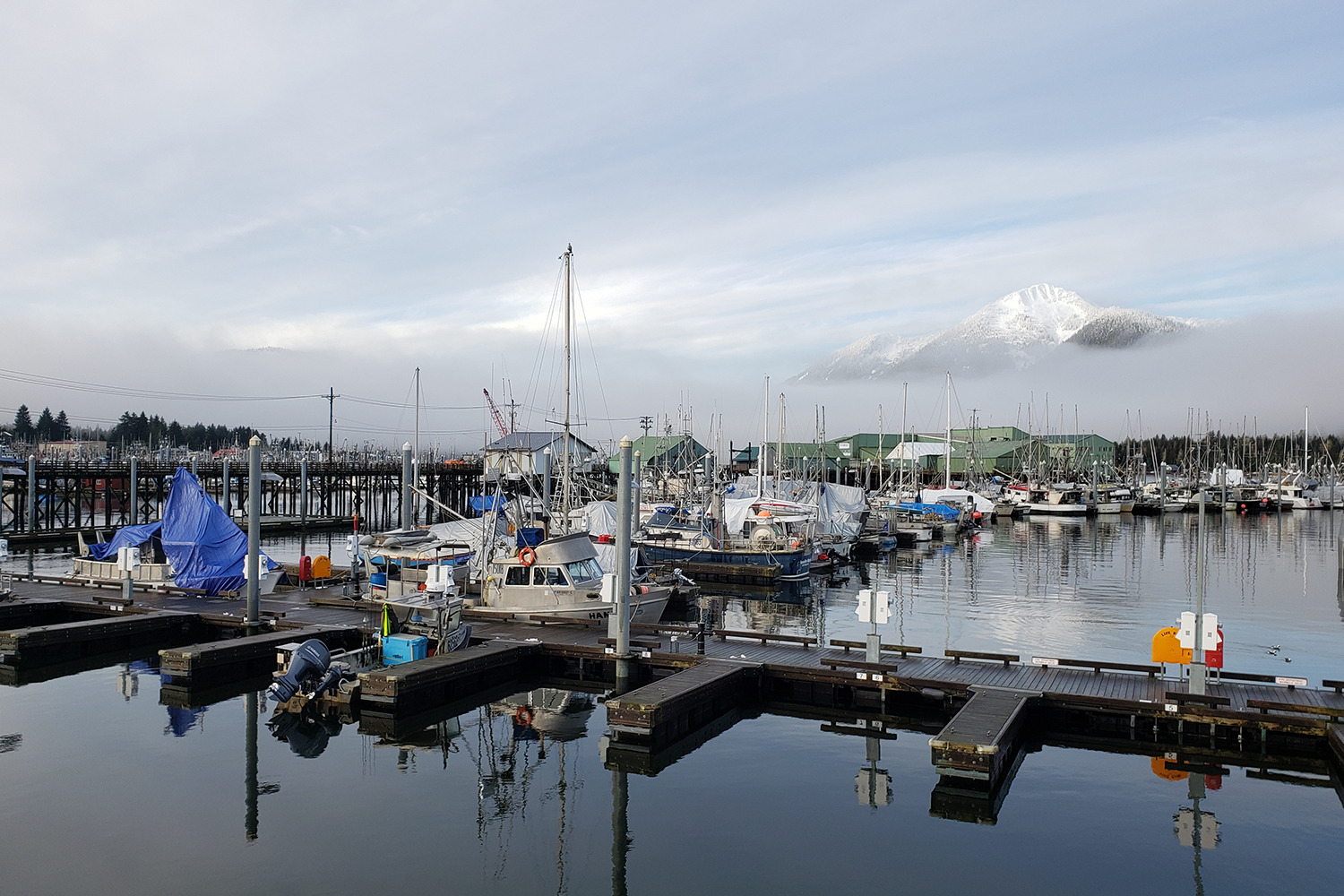
Global demand for seafood is projected to double by 2050. But while the environmental impacts of aquaculture and fisheries get attention, the potential impacts of climate change on the two sectors have largely flown under the radar.
But in June 2023, a study revealed that more than 90 percent of seafood production is vulnerable to climate change. While identifying the predominant human-induced stressors, it raises doubts as to whether aquatic foods can truly stand the test of time and be the food-security solution many believe it to be.
According to the study, producers in the United States and leading countries in Asia face the most significant climate threats, such as water pollution from nutrients like manure and fertilizer, as well as inland warming, altered precipitation and sea level rise. Other regions like Latin America are also significantly affected but may have less economic capacity to adapt.
“We have only scratched the surface in our understanding of how environmental stressors are connected, and how they can negatively impact the production and safety of blue foods,” Ling Cao, co-lead author and professor at the State Key Laboratory of Marine Environmental Science at Xiamen University told the Advocate. “Understanding the complexity of these stressors and their cascading impacts will be essential in developing successful adaptation and mitigation strategies.”
In 2021, a study into the effects of climate change on aquaculture found that warming waters could facilitate more disease outbreaks, and the projected rise in carbon dioxide in the oceans could decimate sea life. The authors looked at rising temperatures, sea-level rise, disease, harmful algal blooms, changes in rainfall patterns and sea surface salinity and discussed several mitigation measures.
Adapting to the predicted changes in the short term while taking mitigation measures in the long term could be the only way toward sustaining aquaculture production, according to lead author Sahya Maulu of the University of Plymouth in the UK. He says that successful adaptation will depend on the capacity of producers in different regions worldwide. Fortunately, many are aware of climate change and its impacts to some extent, with steps being taken to improve aquaculture’s resilience.
“Most governments are taking awareness programs seriously to prepare producers for expected changes,” said Maulu. “In developed countries, they are increasing funding toward research to improve understanding of the responses of aquaculture species to climate change, improving production efficiency such as water reuse or promoting a circular economy. Governments are also encouraging and supporting aquaculture producers to diversify their production. A recent study we conducted in Zambia on aquaculture producers’ perceptions of climate change showed that over 80 percent were aware of it. What might not be clear is whether they can correctly attribute changes in their production to climate change and vice versa.”
Study: More than 90% of global aquaculture faces substantial risk from effects of climate change
Meanwhile, in the United States, fishermen in the Gulf of Alaska have seen previews of climate change and it’s not pretty. Between 2014 and 2016, an unprecedented warming event in the North Pacific triggered changes in the ecosystem. The marine heatwave was noteworthy with evidence of swift and steep downturns in salmon and Pacific cod, reduced productivity across the ecosystem and marine mammal and bird die-offs, said Marysia Szymkowiak at the Alaska Fisheries Science Center (AFSC). Szymkowiak and a team of AFSC and university scientists are working to understand how fisheries may be impacted by climate change and how they can prepare.
“We are building biological and socio-economic models to better understand how climate change will play out in the Gulf of Alaska in terms of the outcomes on fisheries, stock composition and distribution, and figure out what this means for fishermen and fishing communities,” she said. “The work builds on an effort that predated it in the Bering Sea, building coupled biophysical and socioeconomic models to project near-term and long-term climate impacts.”
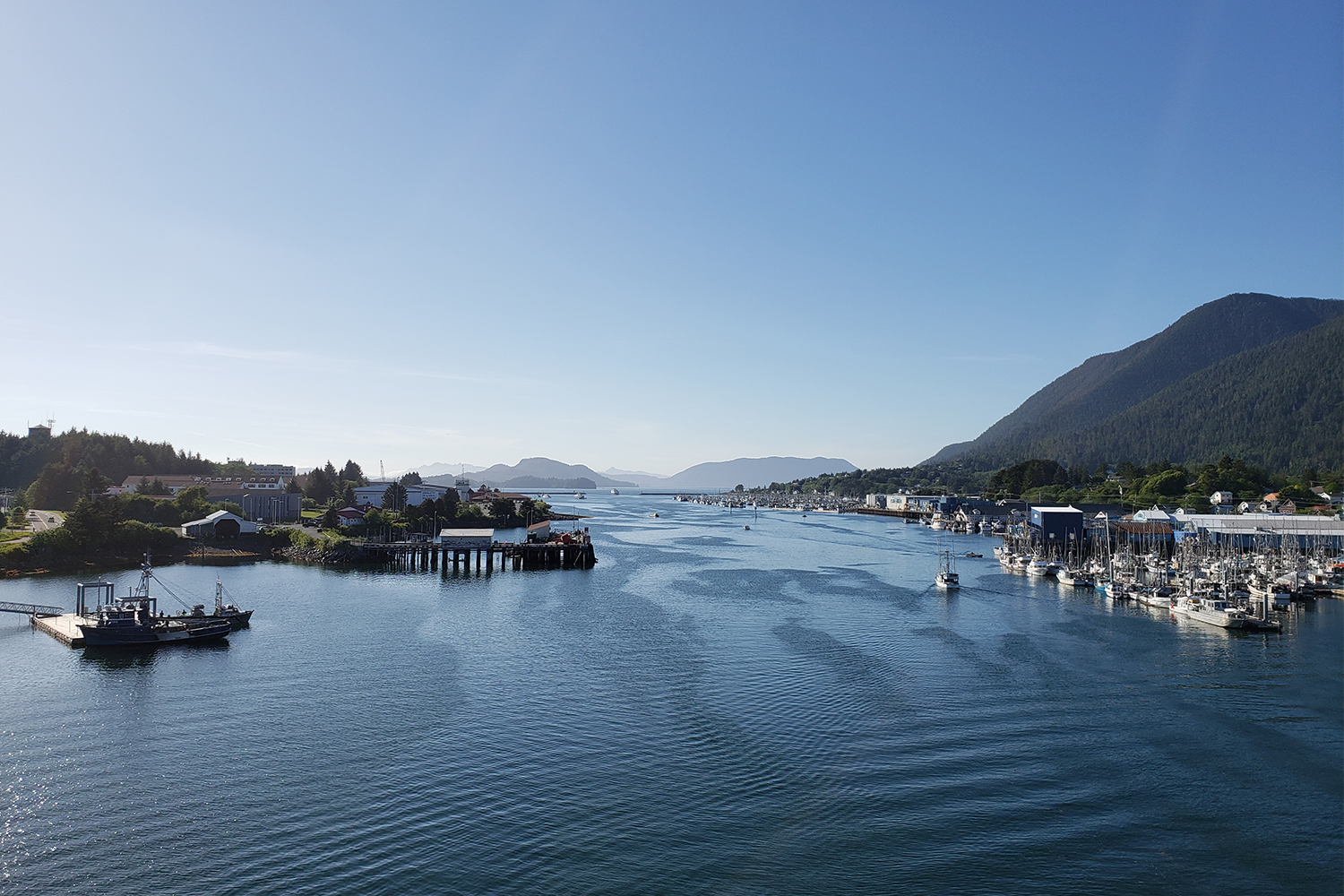
In 2019, commercial fisheries in Alaska produced 5.7 billion pounds of seafood worth U.S. $2 billion. It’s the largest private sector employer in Alaska, employing more than 31,000 fishermen and providing food security, cultural transmission and social connectivity.
“Alaska is pretty special in its reliance on natural resources and we have Indigenous populations that have seen the landscape and seascape change over the years,” said Szymkowiak. “Fishermen are also acute observers of their ecosystem. Their livelihood depends on their capacity to observe what’s going on and the general sense is that climate change is already happening.”
Szymkowiak’s research began in 2021 with telephone interviews and virtual workshops on climate change with Gulf of Alaska fishermen and organizations that represent different fleets. Discussions focused on marine ecosystem changes, responses to those changes and how to build resilience in the long run. Fishermen she spoke to were aware that climate change is happening and may ultimately drive large-scale changes in fisheries. However, most fishing communities are relatively unprepared, with very limited local planning that includes adaptation measures to support fishing.
“Part of the problem is that federal and state support for climate change planning is inconsistent. There is very little capacity for something that communities can tap into to prepare for climate change,” said Szymkowiak.
Coastal communities in Alaska are already facing extreme weather, such as heavy rainfall, landslides and warming oceans, all of which are allowing people to conceptualize climate change, said Szymkowiak. But despite the lack of formal climate adaptation planning, there are mechanisms in place to increase fisheries resilience. For example, with decreasing catch volumes and fish sizes getting smaller in fisheries such as salmon, fishermen are finding ways to increase the value of lower volumes of fish through direct marketing. Other efforts include hazard mitigation plans with information on how climate change might exacerbate these hazards, addressing engine efficiency issues through technological innovation, increasing capacity for tourism and placing greater focus on Alaska’s mariculture initiatives and diversifying economies.
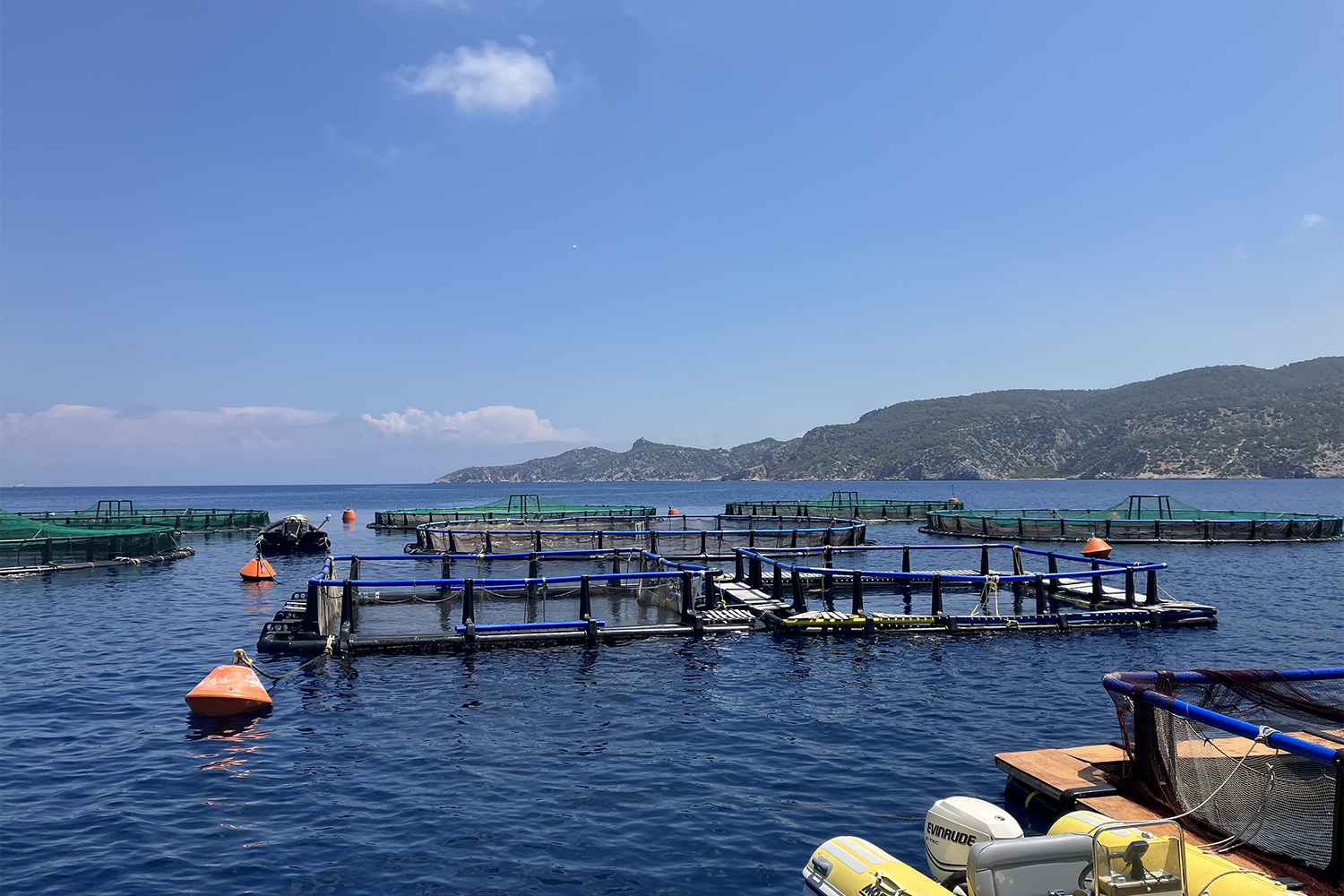
Could aquaculture adapt in a similar way? Maulu said that research and development are key to a better understanding of various aspects of the aquaculture sector that are, and will be, affected by climate change. Meanwhile, awareness-raising programs, especially for rural producers with limited access to major information systems, must be enhanced, he said. Aquaculture practices should also be integrated effectively into the circular economy to cope with projected impacts, he said, especially in the aquafeed industry. Studies on the utilization of insect meal or single-cell proteins that show potential to replace conventional feedstuffs with very low contributions to climate change are some of the impressive steps in this direction.
“Aquaculture is diverse in terms of production systems, species and intensity, so more resource-efficient technology such as multitrophic systems should be promoted,” Maulu said. “There are numerous species and potential ones whose performance under changing conditions is poorly understood. These must be studied further to predict their response to climate change and where possible, more resistant species to emerging diseases or changes in environmental conditions must be developed. Most developed countries are making progress in this, but developing countries are still lagging mainly due to low funding.”
For fisheries, the next step is formal climate-adaptation planning. Having partnered with three diverse fishing communities in the Gulf of Alaska to do this, Szymkowiak will be developing vulnerability assessments to examine the risks and impacts of climate change. Climate vulnerability for fishing communities doesn’t stop at risks to fisheries, she said. Rather, it flows directly to the social and human fabric that holds these communities together.
“Fishermen are innovators and they and fishing communities are already responding to climate-driven impacts,” said Szymkowiak. “Where I see communities heading now is putting different pieces together, sharing lessons to understand what has and hasn’t worked and building economies of scale, moving away from ad hoc and piecemeal efforts to holistic planning. That’s what’s exciting about our fisheries-adaptation planning project. We finally got a little money to do these things for Cordova, Sitka and Kodiak – and this is a pilot project to formalize these adaptation planning processes for other communities so that they can similarly plan for adaptation.”
Now that you've reached the end of the article ...
… please consider supporting GSA’s mission to advance responsible seafood practices through education, advocacy and third-party assurances. The Advocate aims to document the evolution of responsible seafood practices and share the expansive knowledge of our vast network of contributors.
By becoming a Global Seafood Alliance member, you’re ensuring that all of the pre-competitive work we do through member benefits, resources and events can continue. Individual membership costs just $50 a year.
Not a GSA member? Join us.
Author
-

Bonnie Waycott
Correspondent Bonnie Waycott became interested in marine life after learning to snorkel on the Sea of Japan coast near her mother’s hometown. She specializes in aquaculture and fisheries with a particular focus on Japan, and has a keen interest in Tohoku’s aquaculture recovery following the 2011 Great East Japan Earthquake and Tsunami.
Tagged With
Related Posts
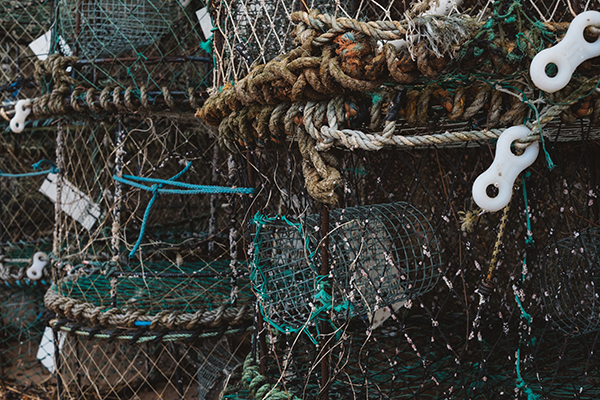
Fisheries
EDF toolkit designed to help fisheries build climate change resilience
The Environmental Defense Fund has released a new toolkit to help fishing communities and partners build climate change resilience.
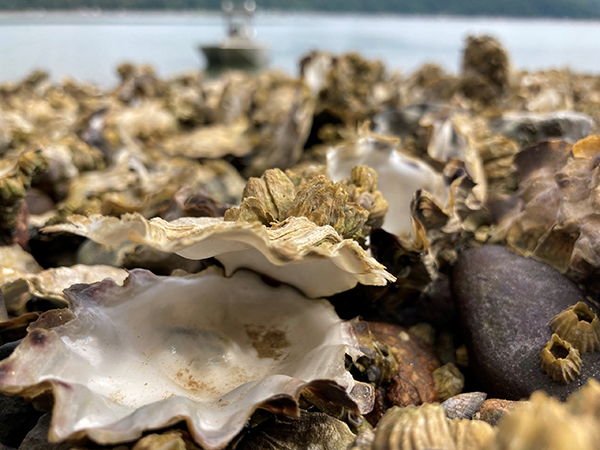
Responsibility
2021 heat wave created ‘perfect storm’ for shellfish die-off
Researchers have produced the first comprehensive report detailing the impacts of the 2021 Pacific Northwest heat wave on shellfish.
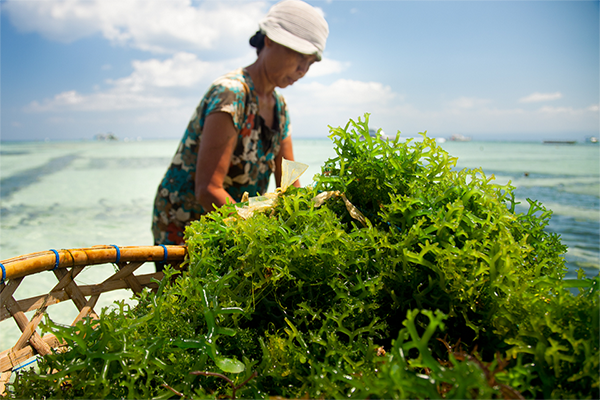
Intelligence
A seat at the table: Fed By Blue team says aquaculture needs a stronger voice
In Fed By Blue, star power and a women-led production team aim to prop up farmed seafood with a focus on the message: Blue foods are the future.
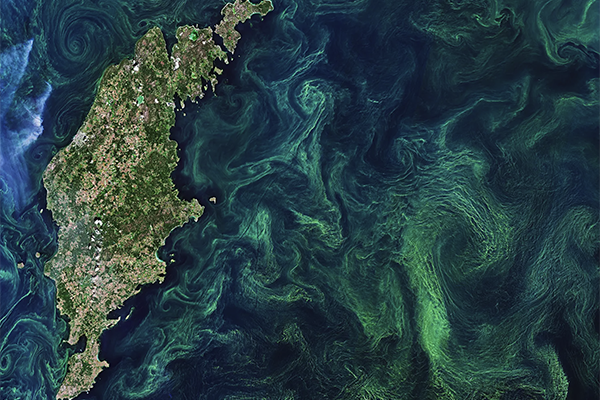
Fisheries
Study: Fisheries managers should expect volatility due to marine heatwaves
With marine heatwaves on the rise, a new study presents a roadmap on what scientists, fisheries managers and policymakers should prioritize.


